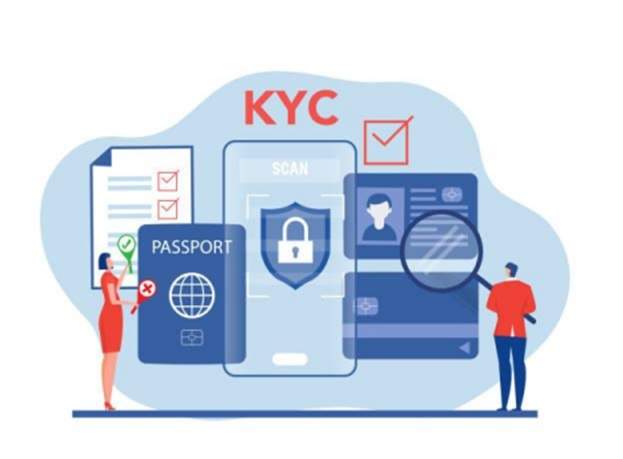
With an increase in the demand for digital services, regulated industries need to deploy cutting-edge Know Your Customer (KYC) policies. Not only do they keep fraud and identity theft in check, but KYC also helps to provide a smooth customer experience. Moreover, KYC documentation is essential to complying with anti-money laundering (AML) and counter-terrorism financing regulations. Financial institutions remain at the highest risk of identity theft and fraud, therefore, these policies are more strict for them. Despite the high-risk situation, financial institutions can make some common mistakes while collecting and maintaining KYC documentation. This post discovers the top five common mistakes that occur during KYC authentication and how to avoid them.
What is KYC Documentation and Onboarding
KYC documentation or onboarding refers to the process of creating an online environment designed to welcome stakeholders. For instance, it helps customers access the services of a company without ever going for a physical check. It ensures AML/KYC compliance, thus, deterring any legal action. Moreover, due to the rapid digitization in the modern world, hackers are now more adept at performing illicit activities. KYC documentation acts as the first line of defense against these actors. Apart from initial verification, this process also helps in real-time transaction monitoring.
Besides the regulatory point of view, online KYC helps create an inclusive environment for safe and accurate customer verification. Traditionally, financial institutions insisted on on-site document checks, but digital KYC documentation is paving its way through the industry. Here are some challenges this revolution faces:
1. Incomplete Documentation
Incomplete documentation is one of the most common mistakes made by financial institutions. Missing information can lead to difficulties in verifying the customer’s identity and may delay the account opening process. Moreover, fraudsters can use camouflage documents with missing details to infiltrate a company. Therefore, it is crucial to ensure only customers who provide complete data are allowed access. To avoid this mistake, confirm all required fields are filled out completely and accurately. Providing detailed instructions to the customer and conducting periodic quality checks can also help minimize incomplete KYC documentation.
2. Incorrect Information
Providing wrong information, such as false names, addresses, or identification numbers, can lead to incorrect customer identification and may result in sanctions or fines. For instance, corrupt politicians and cybercriminals use forgeries with inaccurate information to launder their money. Financial institutions should have a robust KYC money laundering process to avoid this mistake, including verifying customer-provided information against external sources. Ultimately, the system should validate data using provided documents by scanning them against authorized databases.
3. Outdated Documentation
Maintaining outdated documentation is another common mistake that can lead to grave consequences in the future. Outdated documents can be used to impersonate customers or hide illegal activities. Banks and financial institutions should have a transparent process for regularly reviewing and updating KYC documentation.
4. Lack of Adequate Supporting Documentation
Failing to collect adequate supporting documentation is another common mistake financial institutions make. In order to make an accurate verification, KYC documentation requires a government-issued ID and a supporting document, such as a passport or driver’s license. Lack of documentation can lead to difficulties in verifying the customer’s identity and may delay the account opening process. Therefore, concerned industries and departments should have a clear strategy for collecting and maintaining all required supporting documentation.
5. Inadequate Record Keeping
Inadequate record-keeping is an error that can cripple the entire company or organization. For instance, the company can skip some of the measures for database maintenance and technological upgradation. Such errors can make it difficult for financial institutions to monitor
customer activities and may result in difficulties in identifying suspicious activities. To solve this issue, banks should have a straightforward process for maintaining and storing KYC documentation, including digital backups and secured access.
The Perfect Solution – Online KYC Solutions
In conclusion, KYC documentation mistakes can be costly for financial institutions, resulting in fines, reputational damage, and other consequences. Avoiding these mistakes requires a robust process for collecting, maintaining, and reviewing KYC documentation, including clear procedures for quality checks, data validation, record keeping, and customer communication. Financial institutions that prioritize KYC compliance can effectively manage their risks and protect themselves from regulatory and reputational risks.
In the current scenario, the industry needs to adopt online KYC solutions that come preloaded with all necessary compliance regulations. Moreover, they save time and money for the organizations while simplifying the customer process. Overall, online KYC documentation can involve AI solutions as well, thus, providing extra robustness to the system.







